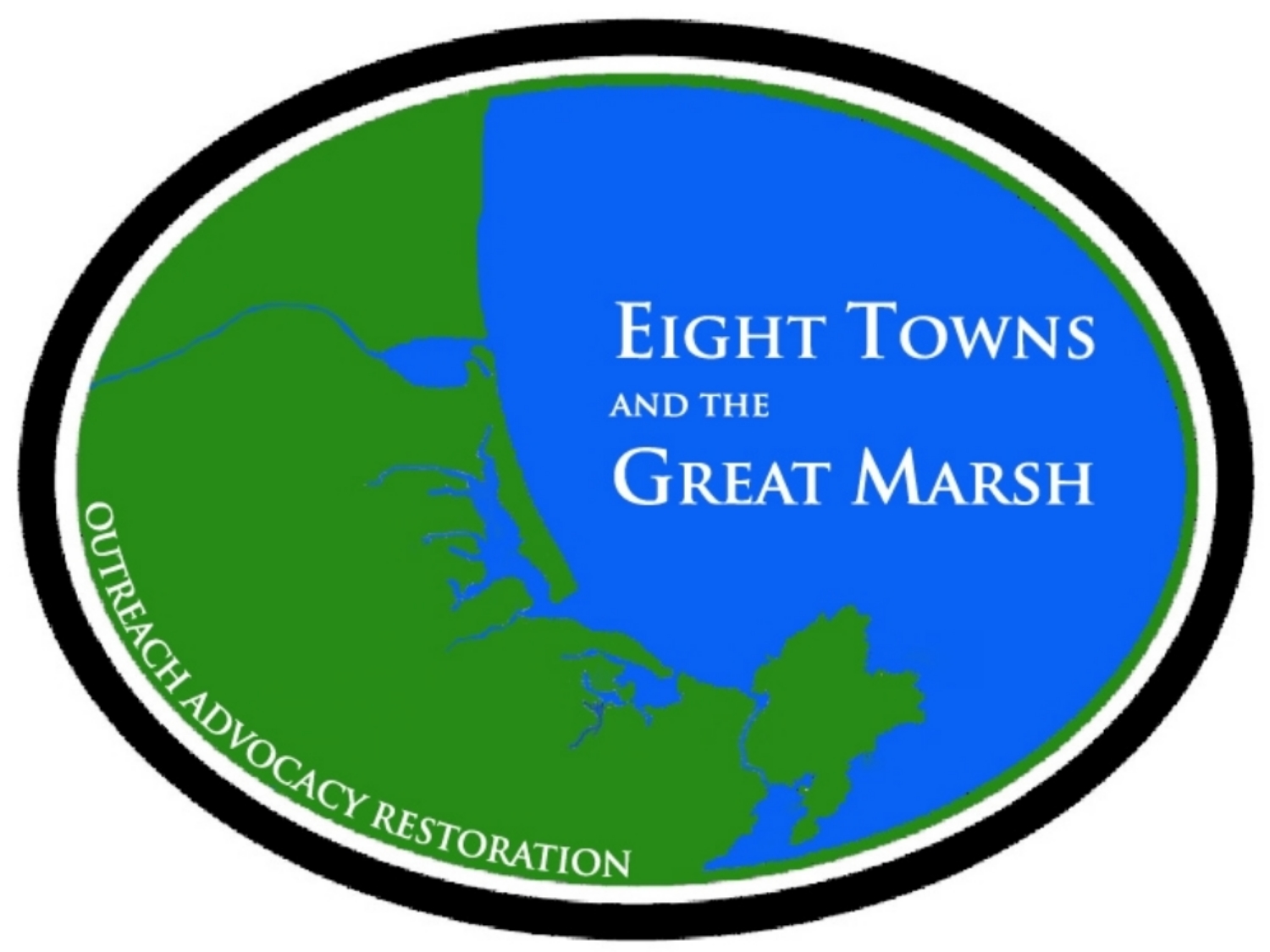History of the Great Marsh & the CCMP
At first glance, the North Shore salt marshes look like open fields of grass, changing colors with the seasons. But take a closer look or talk to people who have lived and worked in the marsh and you will find that marsh resources have more than just aesthetic and environmental value - they are also tied to our economy, public health, and recreational activities. Commercial shellfish harvesters depend on area clam flats while beachgoers, boaters, bird watchers, and fishers flock to the region seeking recreation.
This North Shore ecosystem, commonly known as the "Great Marsh," covers over 20,000 acres along the northern Massachusetts coast from West Gloucester to the New Hampshire border. This means we have the largest contiguous acreage of salt marsh north of Long Island, New York in our backyard. The "backyard" includes not only land directly in or adjacent to the marsh, but areas further inland that are connected by river networks and streams. So whether you live in a coastal town from Newburyport to Gloucester or are a resident of Groveland or Topsfield, your are part of this sensitive, dynamic, and important system.
Just what was the marsh like in the past, what are present concerns, and what does the future hold for this regional treasure? Generations of people have worked, lived, and played in the Great Marsh. When we listen to these voices of the past, the historic marsh comes to life with vivid images of clamming, haying, boating, and other timeless activities.
The Mass Bays Program’s Comprehensive Conservation and Management Plan (CCMP) is a blueprint for coordinated action and signed by the ETGM and other coastal Massachusetts communities. Each community works towards implementing the recommendations of the CCMP.
The 17 major actions outlined in the CCMP are:
1. Protecting Public Health
2. Protecting and Enhancing Shellfish Resources
3. Protecting and Enhancing Coastal Habitat
4. Reducing and Preventing Stormwater Pollution
5. Reducing and Preventing Toxic Pollution
6. Reducing and Preventing Oil Pollution
7. Managing Municipal Wastewater
8. Managing Boat Wastes and Marina Pollution
9. Managing Dredging and Dredged Materials Disposal
10. Reducing Beach Debris and Marine Floatables
11. Protecting Nitrogen-Sensitive Embayments
12. Enhancing Public Access and the Working Waterfront
13. Planning for a Shifting Shoreline
14. Managing Local Land Use and Growth
15. Enhancing Public Education and Participation
16. Performing Marine Monitoring
17. Preventing Marine Invasive Species
The ETGM Committee, with the support of the Mass Bays Program, is charged with assisting municipalities in carrying out the recommended actions of the CCMP that are relevant to their needs. The CCMP is revised from time to time to reflect the changing needs of the environment. More information and a full copy of the CCMP cn be found here on the Mass Bays website


